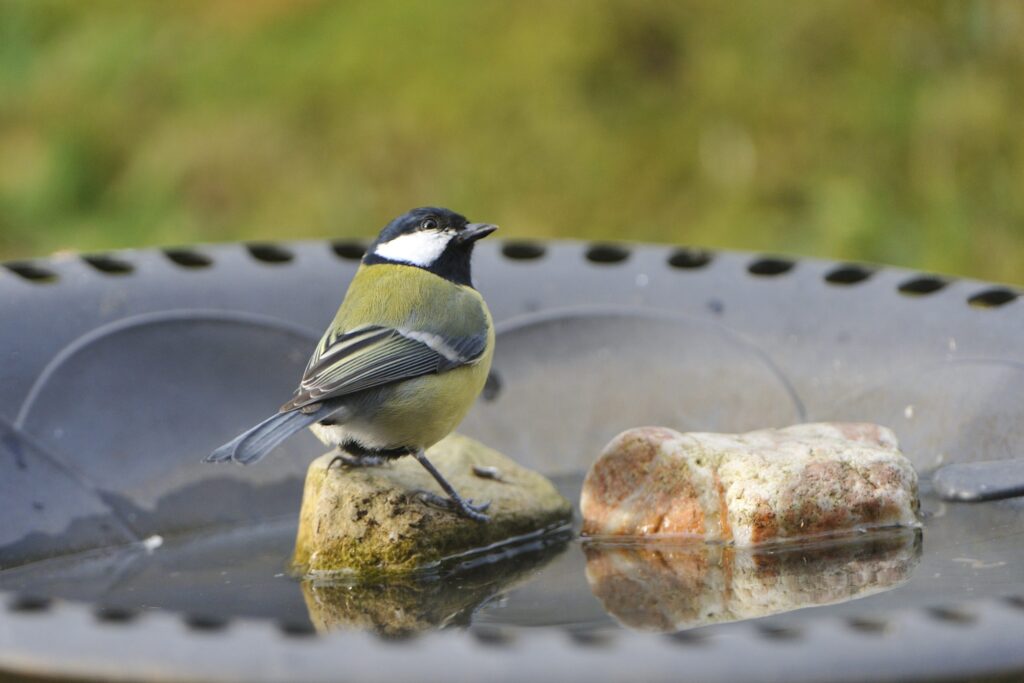In the seemingly tranquil setting of a garden, a bustling ecosystem of animal interactions unfolds, revealing intricate social behaviors that contribute to the balance and dynamics of the natural world. From insects to mammals, the creatures that inhabit gardens engage in a variety of social interactions that range from cooperation to competition, communication, and even symbiosis. Cooperation among garden animals often takes center stage, showcasing the benefits of working together for mutual gain. Ants, for example, are renowned for their highly organized social structures. In gardens, they form intricate colonies where individuals assume specific roles, such as foragers, defenders, and caretakers of the brood. These roles complement each other, contributing to the overall success of the colony. Furthermore, some bird species engage in cooperative foraging, where individuals signal the presence of food sources to others, fostering a sense of shared benefit. However, competition for resources is equally prevalent in garden ecosystems. Plants often compete for sunlight, water, and nutrients, while animals compete for food, shelter, and mates.
 This competition can lead to fascinating behavioral adaptations. Male birds, like the vibrant peacock, showcase extravagant displays to attract females, a behavior driven by sexual selection. Similarly, squirrels engage in high-stakes chases to secure coveted nuts, demonstrating their agility and tenacity in resource acquisition. Communication is a cornerstone of social interactions in gardens. It takes various forms, from visual displays and vocalizations to chemical cues. Bees, for instance, communicate the location of nectar sources through intricate dance patterns. These dances convey information about the direction and distance of the food, allowing other members of the hive to navigate with precision. Additionally, birdsongs fill the air with melodies that serve as both territorial markers and courtship signals. Such communication mechanisms enhance the cohesion of social groups and ensure efficient information sharing. Symbiotic relationships, where different species interact for mutual benefit, also play a vital role in garden ecosystems and go to this site https://tier-im-garten.de.
This competition can lead to fascinating behavioral adaptations. Male birds, like the vibrant peacock, showcase extravagant displays to attract females, a behavior driven by sexual selection. Similarly, squirrels engage in high-stakes chases to secure coveted nuts, demonstrating their agility and tenacity in resource acquisition. Communication is a cornerstone of social interactions in gardens. It takes various forms, from visual displays and vocalizations to chemical cues. Bees, for instance, communicate the location of nectar sources through intricate dance patterns. These dances convey information about the direction and distance of the food, allowing other members of the hive to navigate with precision. Additionally, birdsongs fill the air with melodies that serve as both territorial markers and courtship signals. Such communication mechanisms enhance the cohesion of social groups and ensure efficient information sharing. Symbiotic relationships, where different species interact for mutual benefit, also play a vital role in garden ecosystems and go to this site https://tier-im-garten.de.
One well-known example is the relationship between flowers and pollinators. Bees, butterflies, and other pollinators gather nectar from flowers while inadvertently transferring pollen, facilitating plant reproduction. Similarly, certain birds act as efficient pest controllers by feeding on insects harmful to plants. These interactions exemplify the interconnectedness of species within a garden and highlight the complex web of dependencies that sustain these ecosystems. Predator-prey interactions add an element of both tension and ecological balance to garden animal behavior. Predators such as spiders, mantises, and birds of prey keep populations of insects and rodents in check. These natural predators prevent outbreaks of herbivorous pests and contribute to maintaining a diverse and healthy ecosystem. Conversely, prey species develop various strategies to evade predators, including camouflage, mimicry, and alarm calls that warn others of imminent danger. Observing and understanding these behaviors not only enhances our appreciation for the natural world but also underscores the importance of preserving these ecosystems for future generations to enjoy and learn from.